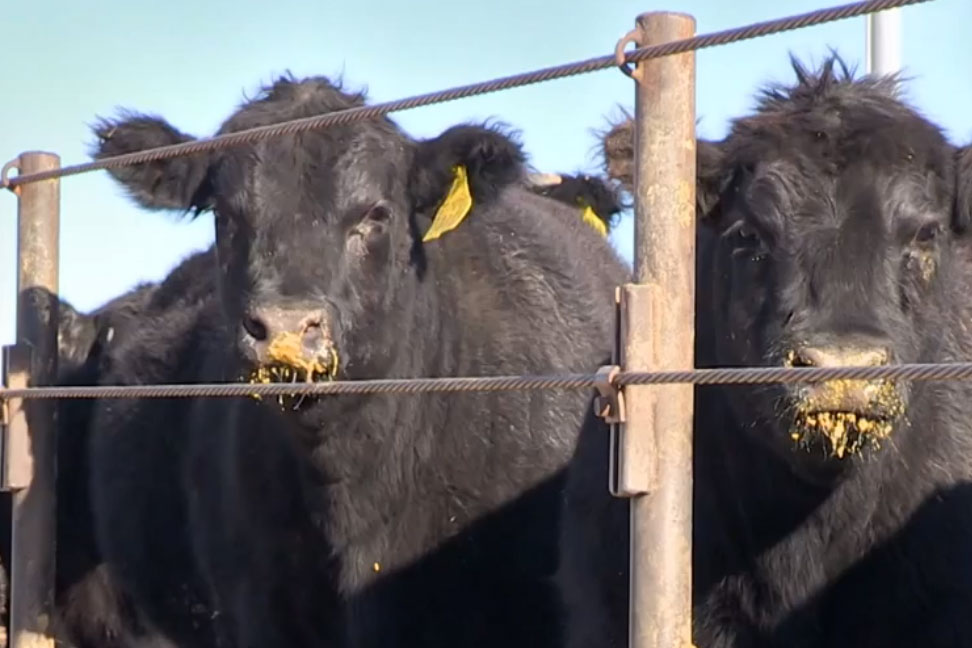On Friday, the U.S. Department of Agriculture released the latest cattle on feed figures, as of October first. Market Analyst Tom Leffler of Leffler Commodities said the on-feed and marketing numbers were in line with trade expectations, while placements were two percent larger than expected. Placements in feedlots during September totaled 1.93 million head, four percent below 2014. Net placements were 1.87 million head. Placements are the lowest for September since the series began in 1996. Leffler said this was only the second time in September when placements were below two million head. Even at this low level, he said this was the largest monthly placement number of the past ten months.

During September, placements of cattle and calves weighing less than 600 pounds were 395,000 head, down 14.1 percent, 600-699 pounds were 290,000 head, down 17.1 percent, 700-799 pounds were 416,000 head, down 4.1 percent and 800 pounds and greater were 830,000 head. Leffler said the heavy weight category was up 7.8 percent and this category has been larger over the previous year for now 12 of the past 13 months.
"So, we continue to have a lot heavy cattle going in our feedyards and even going out of our feedyards," Leffler said.
Marketings of fed cattle during September totaled 1.64 million head, two percent below 2014. Leffler said this 4.4 percent below the five year average and the third lowest September marketing number of the past 20 years. Other disappearance totaled 57,000 head during September, 12 percent below 2014.
The nation's on feed numbers for October totaled 10.2 million head. The inventory was two percent above October 1, 2014. Leffler said this was 3.9 percent below the five year average. Kansas was unchanged from a year ago, Texas was up one percent and Nebraska was up two percent versus a year ago.
“This is the largest on feed number of the past three years and today’s on feed number is the eleventh time in the past 12 months of year over year increases,” Leffler said.
The inventory included 6.93 million steers and steer calves, up seven percent from the previous year. This group accounted for 68 percent of the total inventory. Heifers and heifer calves accounted for 3.29 million head, down seven percent from 2014. October 1, 2015 heifers and heifer calves inventory is the lowest percent of total October inventory since the series began in 1996.
Click here to see more...